Shaun Hill
Well-Known Member
Hello there, I have only recently obtained this flash and have been tasked with a casual photo shoot in some woods nearby tomorrow (portraiture and wedding style), and I need to be portable and at present do not have a wireless/wired ETTL controller.
Can anyone give me tips on how to use this flash best as a fill light to make the subject stand out from the background or any general tips for using it on the camera body? In case you wondered, I am using a Canon 400D.
Can anyone give me tips on how to use this flash best as a fill light to make the subject stand out from the background or any general tips for using it on the camera body? In case you wondered, I am using a Canon 400D.
Last edited:


